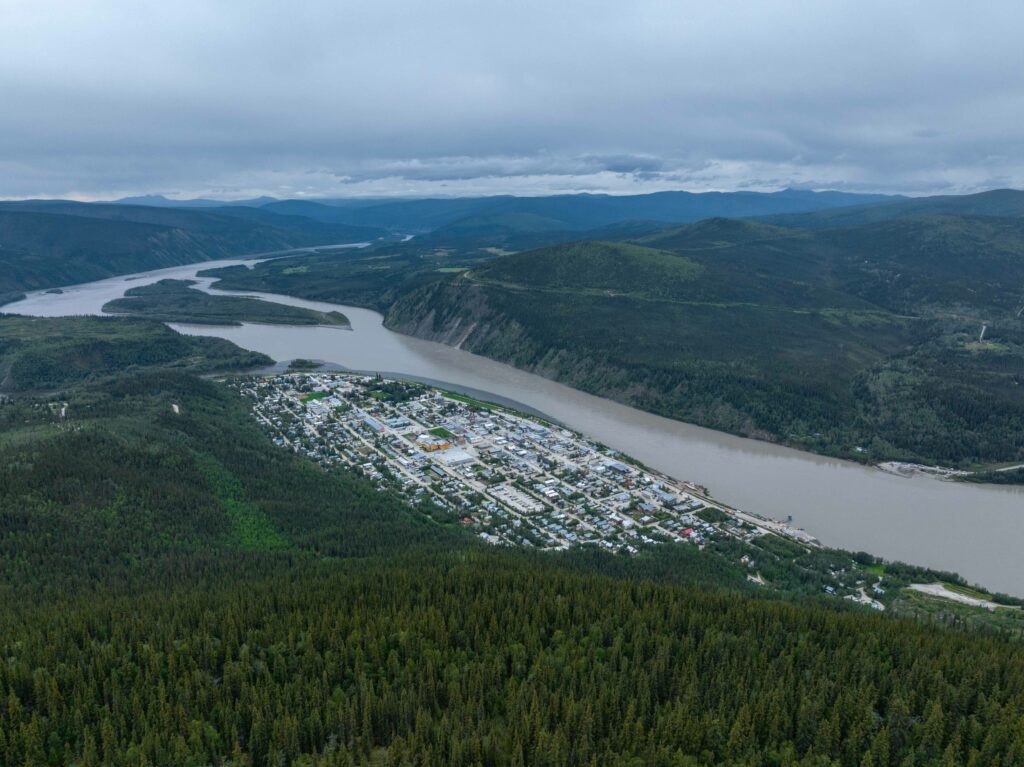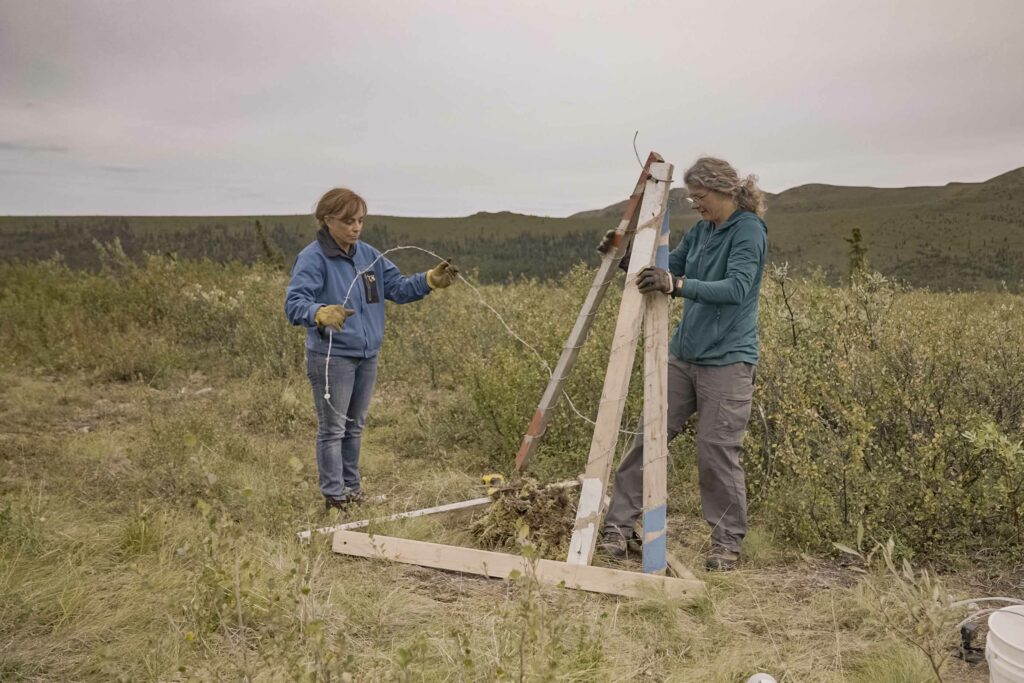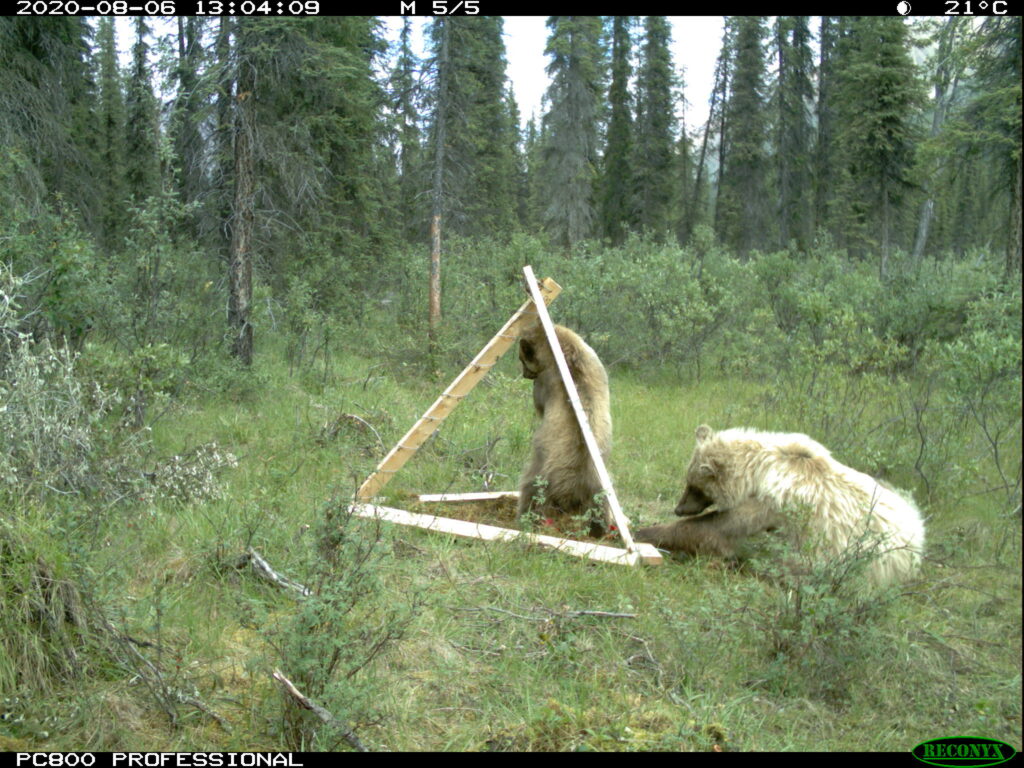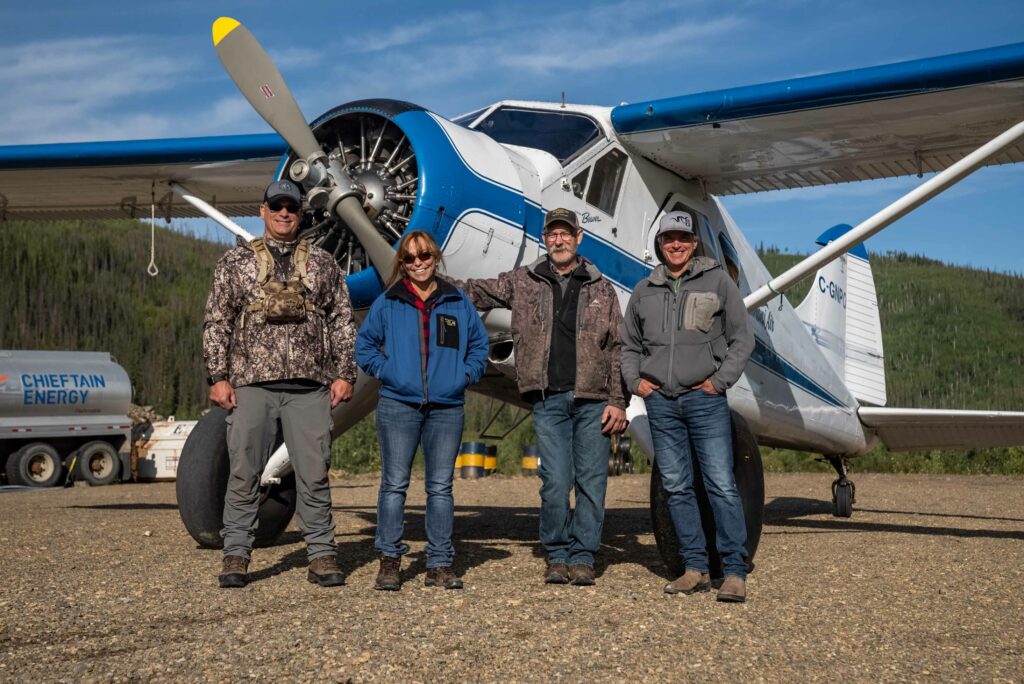SCIF supports science-based management of grizzly bears in the Yukon Territory
By: Maria Davidson

As part of our bear conservation program, SCIF Conservation Director, Dr. Chris Comer and Large Carnivore Program Manager, Maria Davidson recently worked alongside the Government of Yukon Department of Environment and the Yukon Outfitters Association to gather data about bear populations in the Yukon Territory. Although bear harvest in the territory is relatively low and appears to be sustainable, few recent quantitative data about grizzly bear densities are available for large areas of the Yukon, including the Klondike Plateau region. Ensuring the future health and sustainability of grizzly populations is the core objective of the SCIF grizzly bear program, and we are excited to help generate scientifically supported population estimates for this important region. This is the second year of a three-year study of bears in the Klondike Plateau and 2022 represented the primary data gathering activity.
The size and remoteness of the study area means that access isn’t as easy as pulling up in trucks or ATV’s. The survey is conducted using hair snares wrapped in barbed wire spread systematically across the landscape. Bears being bears, can’t help but rub around a bit and leave some hair hanging around when they visit. When placed at the appropriate spacing; statistical models can do the rest and determine the numbers of bears spread across the area based on the numbers of bears that visit then revisit the sites. All the equipment, supplies and biologists are flown in by plane to a base camp at a remote grass air strip. From there, they are ferried by helicopter to set up the hair snares on a 7 km² grid across a 7350 km² study area. Sites are baited with scent lure to attract passing bears. The sites are then checked by helicopter once a week for 4 weeks to collect any hair left by visiting bears. The hair they leave behind contains DNA that provides all the information necessary to use statistical models to produce scientifically defensible density estimates from which to make informed management decisions, including harvest quotas.

Summer 2022 was the field season portion of this project. The set-up took place during mid to late June with project staff flying 45.6 hours in a Astar B2 helicopter, setting up 150 hair sites with paired trail cameras at each site. The first weekly check session followed during the first week of July. Evidence that bears had visited a site by disturbance to the scent lure substrate or other evidence of disturbance was observed, but often no hair was left. Following this first session, researchers altered the stations to add an additional wire to address this issue. The addition of the wire to detect visiting bears seems to have corrected the previous issues and sample collections continued to increase throughout the sessions. Being able to successfully gather samples over such a remote landscape is at the core of this population study to determine density estimates. At the highest point, 61% of the sites saw samples collected and a total of 1818 samples were collected over the 4-week period. The helicopter hours logged on sample collection alone was 133.3 hours!

The next phase will be in the genetics lab. The hair will be analyzed to identify individual bears and then that data will be entered into a statistical model that will determine density estimates and population estimates for the Klondike Plateau.
The size and remoteness of this project can make it a daunting undertaking for any one entity to take on alone. SCIF is excited to partner with the Government of Yukon Department of the Environment to conduct this project. Basing sound management decisions on science is at the core of the North American Model of Wildlife Conservation and SCIF is proud to be a part of this pioneering project.

